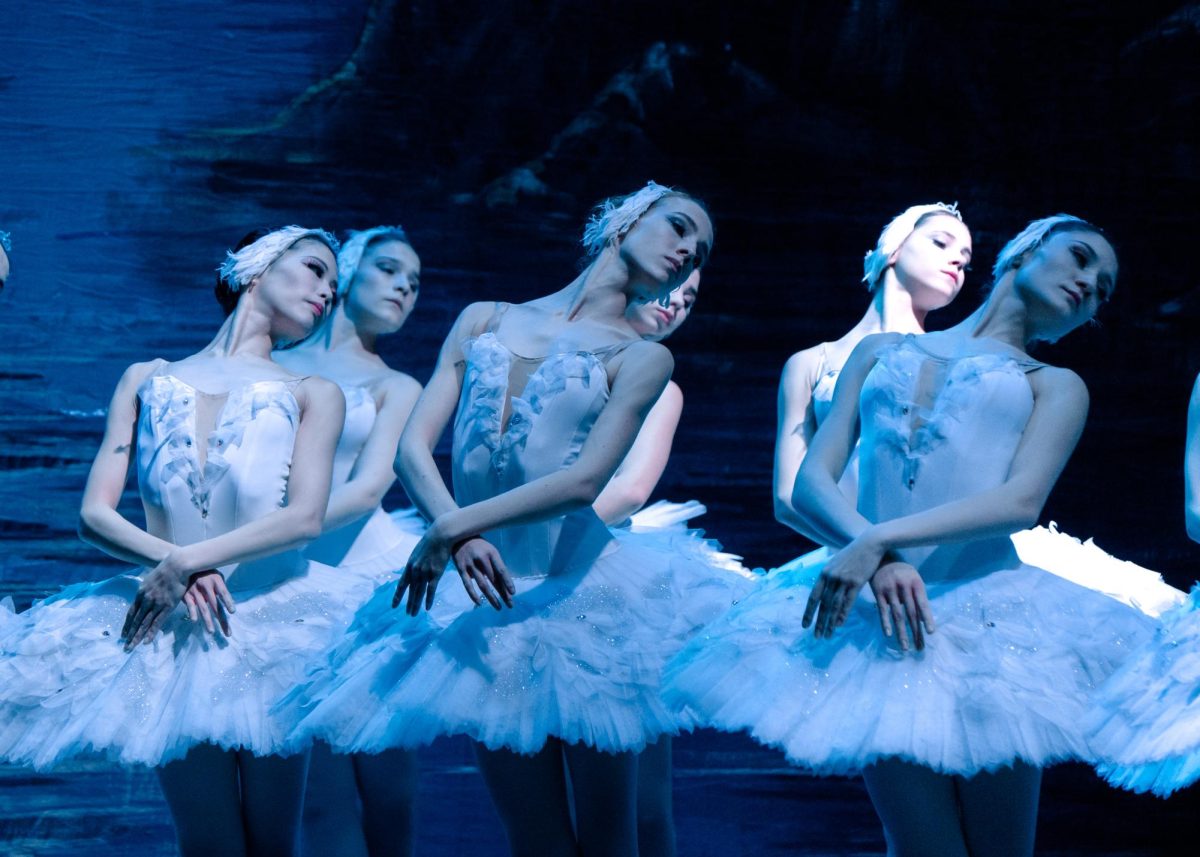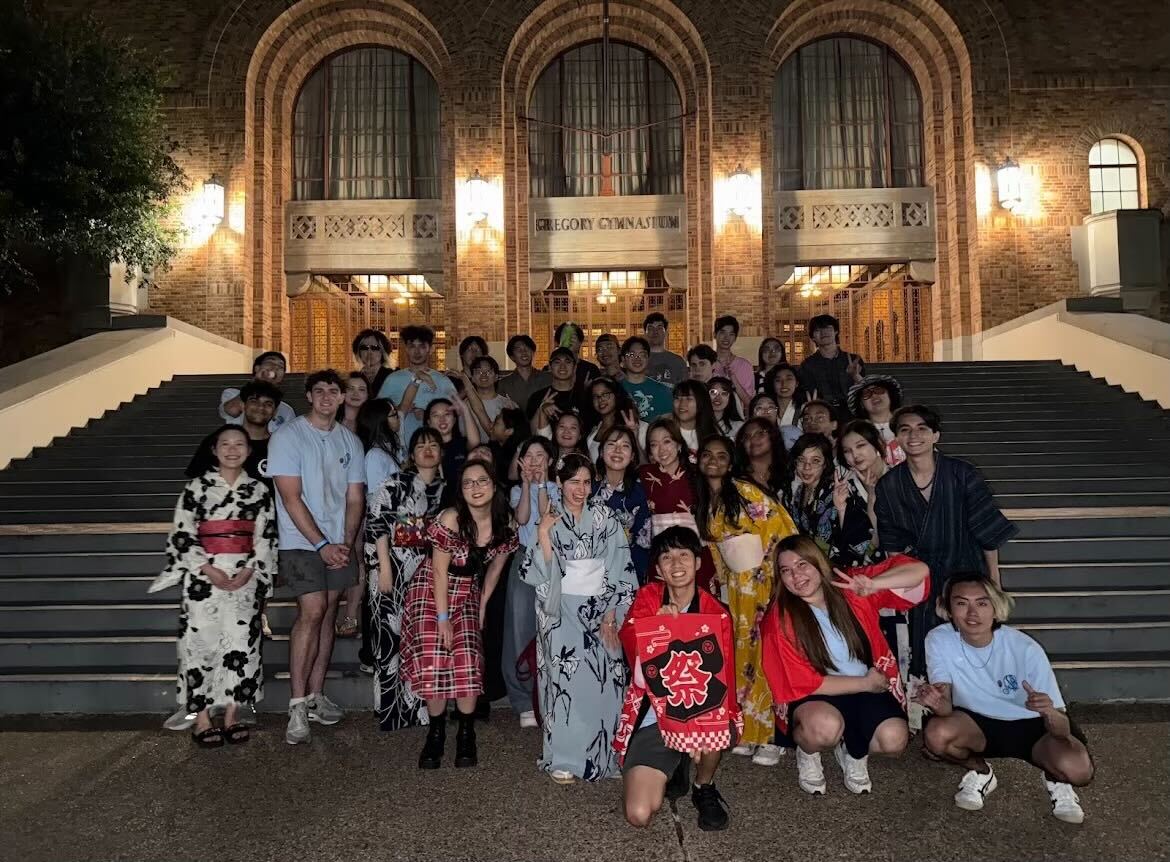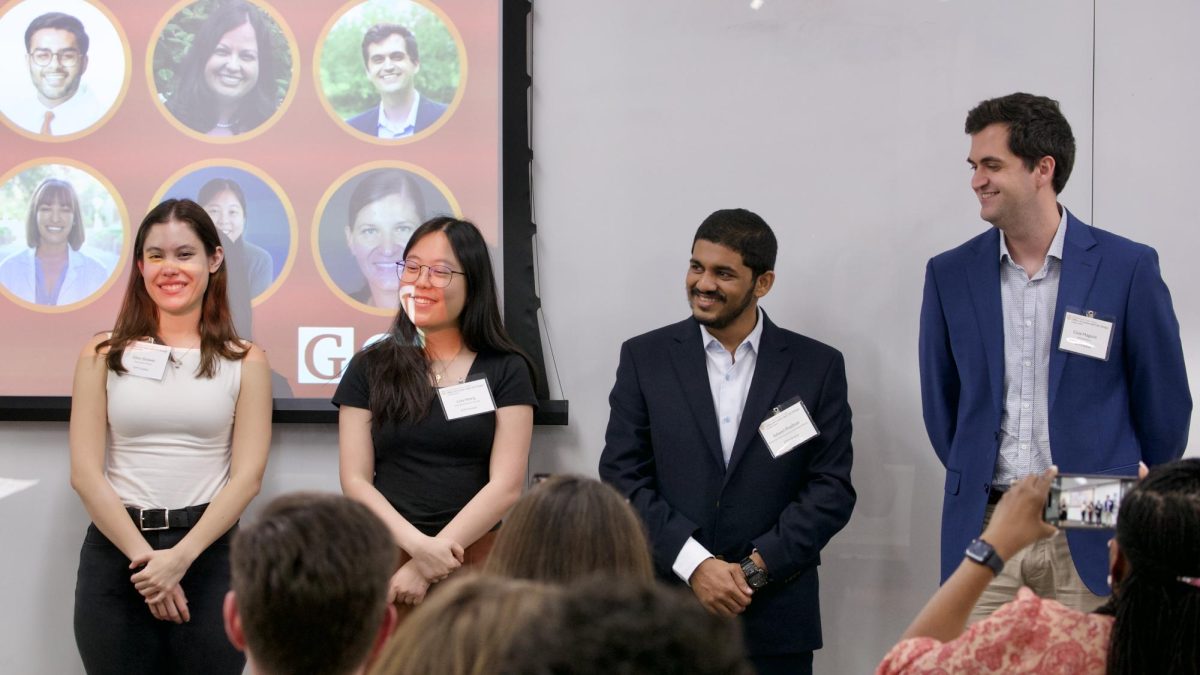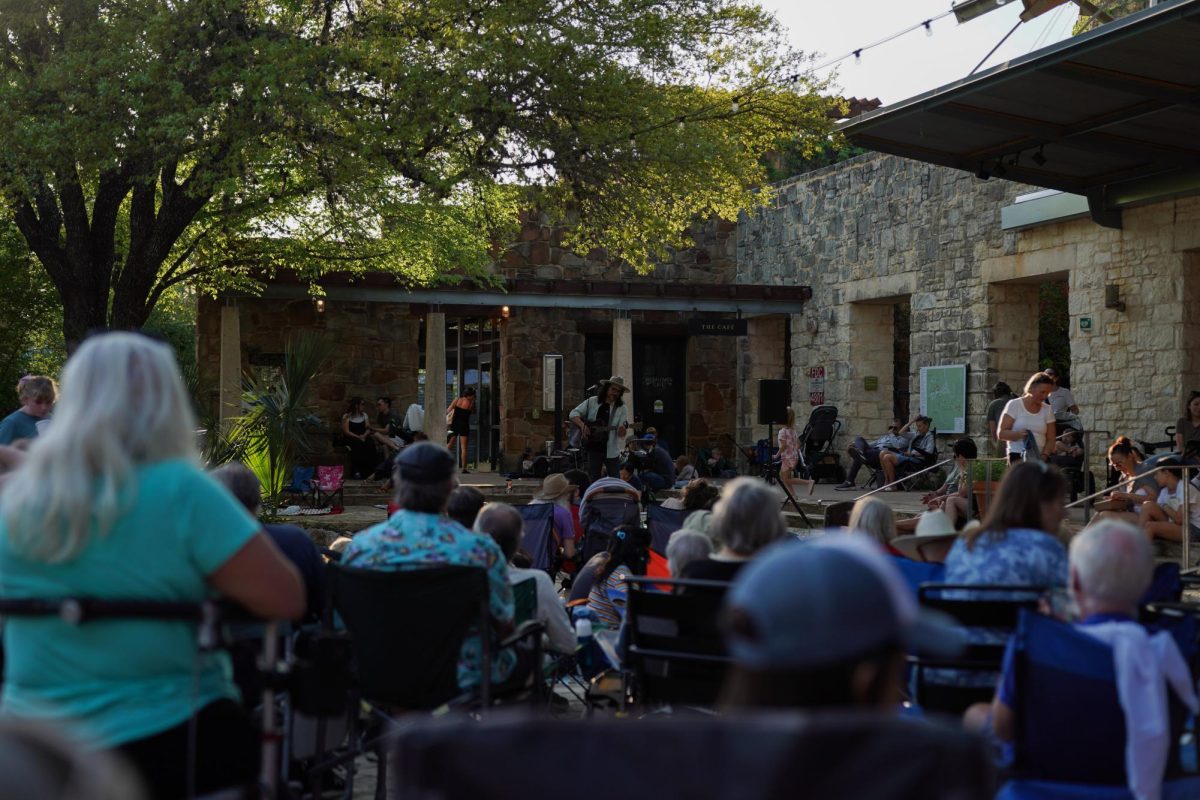The college vote makes a difference in politics. If it didn’t, politicians wouldn’t use Snapchat. For those who are skeptical, here are five important facts about the role college age voters play in the elections.
Young voters have the lowest turnout of any other age group but live with the repercussions of elections the longest. It makes sense that people ages 18-35 consistently shirk their civic duty since the demographic is newest to the process and least sure of their political views. According to the U.S. Census, this trend has been predictable since 1964 when Lyndon B. Johnson first tried to seduce the young folk to go “all the way with LBJ.”
But for college students, especially those who’ve taken out loans to pay for college or will have to cover their own health insurance soon after graduation, the results of elections have a direct impact on their futures. The idea of debt forgiveness and health care has undoubtedly kept both students and potential senators tossing and turning at odd hours of the night.
Millennials are now the largest age demographic
Pesky millennials have “ruined” everything from chain restaurants to brunch. Now their formidable numbers have put them in a position to “ruin” or cancel out the votes of older people. As the population of baby boomers, people aged 51-69, declines, the population of millennials, people ages 18-34, is at an enormous and steady size. Data collected by Pew Research Center suggests that millennials actually outnumber baby boomers and now hold slightly more influence over the electorate.
College students make up the most diverse group of voters
Not only is the generation of avocado toast the largest demographic of eligible voters, they are also the most culturally diverse.As the age demographic increases, diversity decreases according to this analysis of US census data. This trend means that with almost half of the millennial population consisting of racial minorities, millennials are the most diverse age demographic and best fit to address the needs of a culturally inclusive population compared to those age 55 and older, whose demographic is 75 percent white.
Young people can influence an election
College students who don’t vote often justify their behavior with the illusion that their vote doesn’t matter anyway. But why did Hillary Clinton dab on live television? Because the college vote is a key component in every election. Young voters make up almost one third of the electorate and have influenced the election in key states in the past. Barack Obama won the majority of the youth vote during his 2008 and 2012 campaigns, which made a difference in swing states like Florida, where President Trump’s margin of victory was less than 3 percent.
Voting at a young age develops a positive habit
Although behaviors college students consider “habit forming” are not always viewed in a positive light, if a person votes once, they are likely to do it again in future elections and throughout their lives. Computers and smartphones have made it easier than ever to stay informed and learn about a candidate’s stance or history. It is never too late for a person to learn how an election will impact their community, but the earlier it happens the better, and the more likely they will continue to care.














